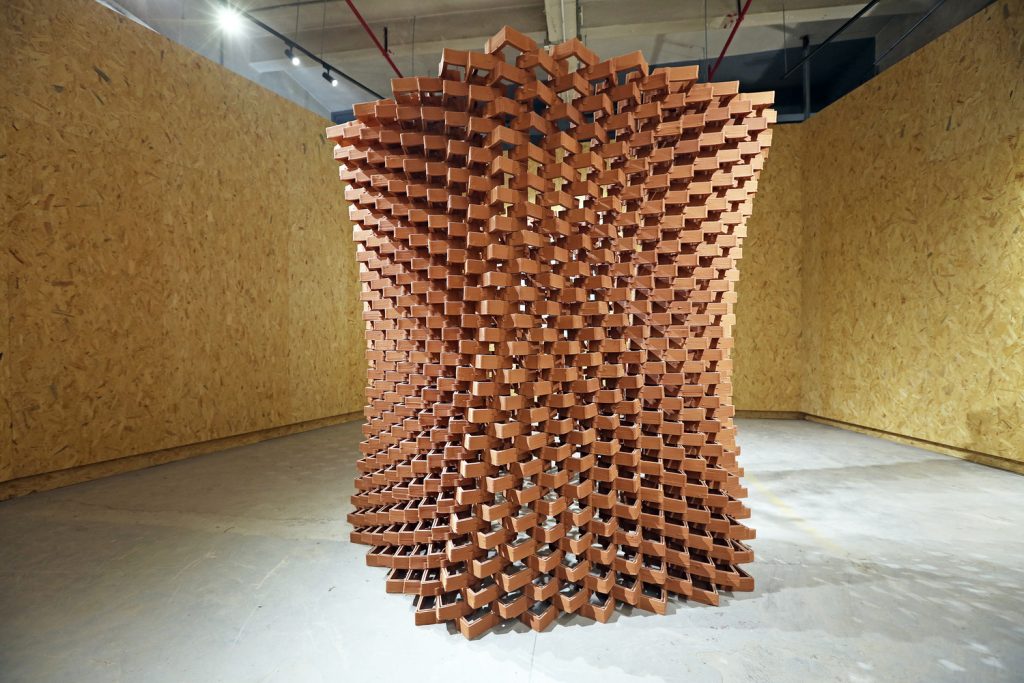
It is often argued that digital fabrication is the next step in fabrication, both at a large scale and small scale. Technology companies use laser cutters, 3D printers, and CNC routers in both their iterative & final products and architecture & design are following as well. With digital fabrication, components can not only be more precise, but more dynamic as well. It is reasons like this that organizations, like the Robotic Fabrication LAB of the Faculty of Architecture of HKU, are beginning to change the status-quo of components dating back centuries.
When bricks used in structures were first mass-produced, they were made in small rectangles, allowing both consistency and allowing it to be held in a single hand, easily, by builders. Now with advancements in digital fabrication, designers, like the one noted above, can begin to change our perception of bricks; in this case, both the shape and the material are unlike what the common person is used to.
This is incredibly interesting and intriguing to me, as I, and many others, believe that this type of technology will advance tremendously in the next decades. With these advancements, I truly cannot wait to see what new structures and forms can be created with a plethora more of opportunity.
![[OLD FALL 2019] 15-104 • Introduction to Computing for Creative Practice](https://courses.ideate.cmu.edu/15-104/f2019/wp-content/uploads/2020/08/stop-banner.png)